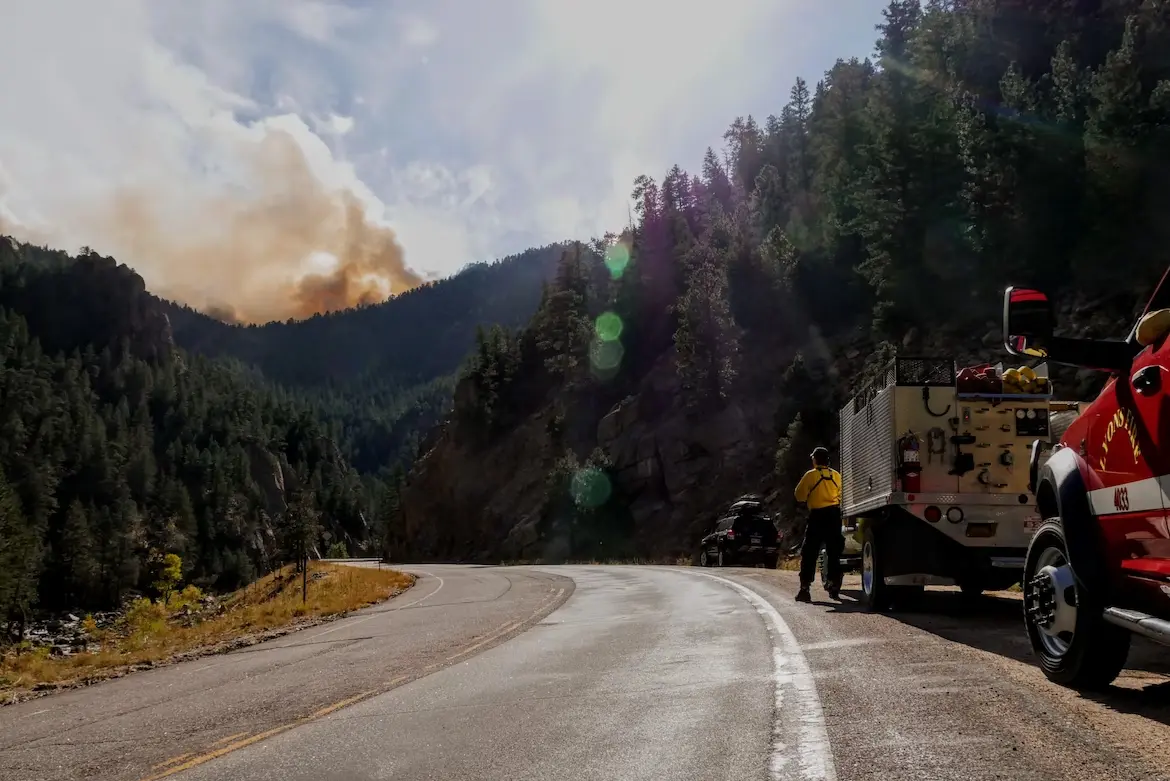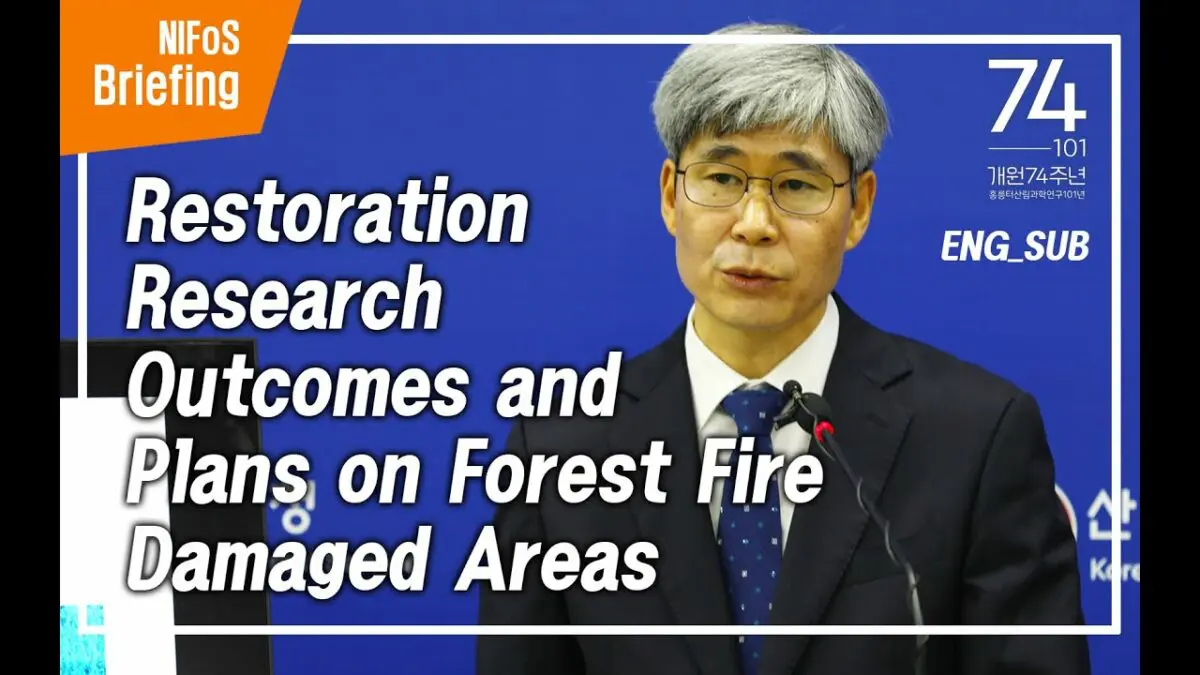The recent Los Angeles wildfires have wreaked havoc on countless homes and properties, prompting urgent discussions about rebuilding strategies and community support. With a staggering number of homes lost and entire neighborhoods devastated, residents are left grappling with uncertainty about their future. Mauricio Umansky, a notable real estate mogul, has raised his voice to advocate for a comprehensive recovery plan that demands immediate attention from California leaders. His insights shed light on the extensive efforts needed to restore not only the physical structures but also the sense of community and stability for those affected.
As wildfires continue to pose a significant threat to California, the need for effective leadership and decisive action becomes increasingly clear. Umansky’s predictions point to damages surpassing $100 billion, a staggering figure that underscores the gravity of the situation. This article will delve into the rebuilding strategies proposed by Umansky, explore community responses, and examine the broader implications for California’s residents.
Understanding the Extent of the Damage
The impact of the wildfires on Los Angeles has been profound, with over 10,000 homes destroyed and large areas scorched. As Mauricio Umansky articulates, the reconstruction effort won’t just be about physical rebuilding; it’s about restoring hope and resilience among the community. This includes addressing the emotional aftermath of such catastrophic events.
According to reports, the ongoing Palisades Fire, Eaton Fire, and others have devastated more than 27,000 acres in the LA area, leading to loss of lives and displacing numerous families. Understanding this context is crucial for grasping the levels of intervention needed from local and state leaders as they embark on recovery efforts.
Many residents now face difficult choices – to either relocate or rebuild. With homes gone, the sentiment of uncertainty surrounds almost every displaced family. The question lingers: how can California ensure a swift, effective rebuilding process while supporting those in distress?
According to JPMorgan’s analysis, the financial toll from the wildfires may reach as high as $50 billion, a record for the state and indicative of the mounting challenges faced by insurance companies and homeowners alike.

The Economic Consequences of Wildfires
Wildfires go beyond physical destruction—they trigger a damaging ripple effect on the economy. Businesses suffer, jobs are lost, and the financial strain weighs heavily on local governments. As communities begin to assess the wreckage, the path to rehabilitation calls for strategic planning and substantial investment.
Real estate experts like Umansky are emphasizing the importance of collaboration between state officials, local governors, and federal agencies to facilitate quicker rebuilding. The need for immediate resolution to permitting issues has been highlighted, as these obstacles significantly slow down recovery efforts.
Community Involvement Is Key
Tackling the aftermath of catastrophic events requires more than just financial resources. The involvement of community members in rebuilding efforts fosters resilience. Fundraising activities, volunteer groups, and supportive networks can aid individuals in coming together to share resources and rebuild their livelihoods as a collective.
When unique challenges arise, it is moments like these that showcase the strength of community. Local organizations and charities have sprung into action, offering support and resources for those displaced. Initiatives that encourage collaborative rebuilding efforts can inspire hope and streamline the resurgence of neighborhoods in the wake of adversity.
In contrast, California’s leadership must act decisively. The lack of responsiveness during these crises has stoked public discontent, leading many to question the effectiveness of current leadership and policies in place.
Policies and Strategies for Rebuilding
Umansky asserts that to facilitate effective rebuilding, California should implement comprehensive policies that expedite the reconstruction process while also ensuring safety protocols are in place. This includes:
- Streamlined Permitting Processes: Reducing bureaucratic red tape can significantly speed up the pace at which homes can be rebuilt. By creating task forces dedicated to disaster recovery, California could see substantial progress in a shorter time frame.
- Investment in Sustainable Infrastructure: Rebuilding with an eye toward sustainability can mitigate future damage from wildfires. This means incorporating fire-resistant building materials and better landscaping practices.
- Financial Assistance Programs: State and federal governments should provide financial incentives for rebuilding, assisting homeowners who have lost everything with funds to reconstruct their homes.
- Community Rebuilding Initiatives: Empowering local communities to spearhead their rebuilding initiatives—providing them with the necessary tools and resources to direct their recovery—can help foster unity and resilience.
These strategies reflect a multi-faceted approach to recovery, understanding that the psychological and emotional fallout from disasters is just as important as the physical repairs.
Given the enormity of the task ahead, experts warn that it will require an unprecedented collaborative effort. As the state rolls out its plans for recovery, the engagement of private sectors, community leaders, and residents will be critical to ensuring long-lasting restoration.

Celebrity Influence and Responsibility
The role of celebrities in raising awareness and mobilizing resources during these times cannot be understated. Many public figures have joined the effort to support wildfire recovery. Celebrities such as Beyoncé have made significant contributions to relief funds, setting a powerful precedent for the rest of society.
Additionally, numerous celebrities have shared their personal experiences during the wildfires. For instance, Mel Gibson’s story of losing his home has drawn international attention to the struggles of many residents who have faced similar fates. These narratives not only amplify the message but also humanize the statistics, allowing the public to connect personally with the crisis at hand.
In the digital age, social media has played an integral role in disaster response. On one hand, it has enabled rapid dissemination of information and fundraising initiatives. On the other, it can lead to misinformation that complicates recovery efforts. Hence, celebrities wield significant influence and should leverage their platforms responsibly to ensure accurate information is shared.
The impact of collective voices reaching out to legislators can rally support for essential changes in policy. Celebrities backing calls for action can create a sense of urgency that might compel leaders to reevaluate their approaches to disaster management and recovery.
Residents’ Responses: Decisions to Rebuild or Relocate
With homes destroyed and lives altered, many residents stand at a crossroads—whether to rebuild in the same community or find solace in a new one. The psychological impact of experiencing a wildfire remains part of this complex equation.
Numerous residents have expressed their fears surrounding the prospect of another wildfire. The emotional weight of such disasters often weighs heavily on decision-making processes. Conversations in community forums have revealed mixed feelings about rebuilding in areas susceptible to future fires.
Participating in community discussions enables residents to share their perspectives and experiences. This exchange of information fosters informed decision-making. In the aftermath of trauma, a support system can help individuals process their emotions while considering the future.
The decision to relocate can also bring its own set of challenges. Many individuals have deep ties to their neighborhoods, making leaving a difficult choice. In balancing the options, proudly rebuilding a home or starting anew can be a journey filled with its own emotional toll.
Homeowners now face daunting choices amidst uncertainty—proactive measures are needed to ensure they feel supported regardless of the path they choose.
The Role of Organizations and Initiatives in Recovery
As communities navigate the aftermath of wildfires, non-profit organizations have taken the stage to provide crucial support. From raising funds for immediate relief to long-term rebuilding efforts, these organizations embody the spirit of solidarity that emerges in times of distress.
They lead initiatives aimed at rebuilding homes, restoring utilities, and providing emotional support for displaced individuals. Many have launched fundraising campaigns, reaching out to the public for donations that can help make immediate impacts. As Umansky points out, restoring homes demands a concerted effort; charitable organizations can bridge the gap by supplying resources and manpower.
For instance, the California Fire Foundation works tirelessly to support firefighters and their families while also aiding those impacted by fires. By providing grants and assistance to communities, they embody resilience and hope. Through various community engagement initiatives, they foster partnerships that yield long-term recovery solutions. Likewise, organizations like Habitat for Humanity have mobilized to offer practical assistance in rebuilding affected areas.
In addition to local efforts, national-level organizations have also extended their support. Contributions and partnerships with businesses enable organizations to maximize resources for recovery efforts. Collaboratively, they paint a picture of what a unified recovery could look like, showcasing the importance of coming together during hardship.

Innovative Solutions for Resilience
The challenging task of rebuilding post-wildfire opens doors to creativity and innovation. Umansky advocates for integrating modern technology and innovative practices that can enhance resilience in rebuilding efforts.
From employing drone technology for site assessments to implementing smart building practices, every step counted towards creating a safer environment for residents. Strengthening fire breaks, utilizing non-combustible materials, and designing homes that adapt to fire conditions are on the rise.
In addition to physical rebuilding, community workshops focused on educating residents on fire safety and preparedness can empower individuals. Workshops can provide crucial knowledge about maintaining defensible spaces around homes, fire-resistant landscaping, and emergency protocols during wildfires.
The effort to instill a culture of preparedness is crucial as it not only equips current residents but also prepares future generations for the realities of living in a wildfire-prone area. Driving home these initiatives fosters a proactive mindset among community members, catalyzing their ability to recover and thrive amidst adversity.
Final Thoughts on Community Resilience
In confronting the challenges that follow devastating wildfires, the emphasis on community resilience cannot be overstated. It is a collective responsibility of leaders, residents, and organizations to unite in the face of adversity and work toward a better future.
The collaborative efforts that emerge during recovery processes demonstrate the strength of community bonds and the unyielding spirit of the people of California. With leaders like Umansky championing the cause, there exists hope for a brighter tomorrow for those profoundly impacted by these temporary yet devastating occurrences.
As California navigates through the wreckage and moves toward restoration, the lessons learned during this process may pave the way for more robust measures against future wildfires.
Source: www.foxbusiness.com
Hi, I’m Sarah, a 30-year-old journalist with a passion for storytelling and uncovering the truth. I strive to bring important issues to light and connect with my audience through compelling narratives.



